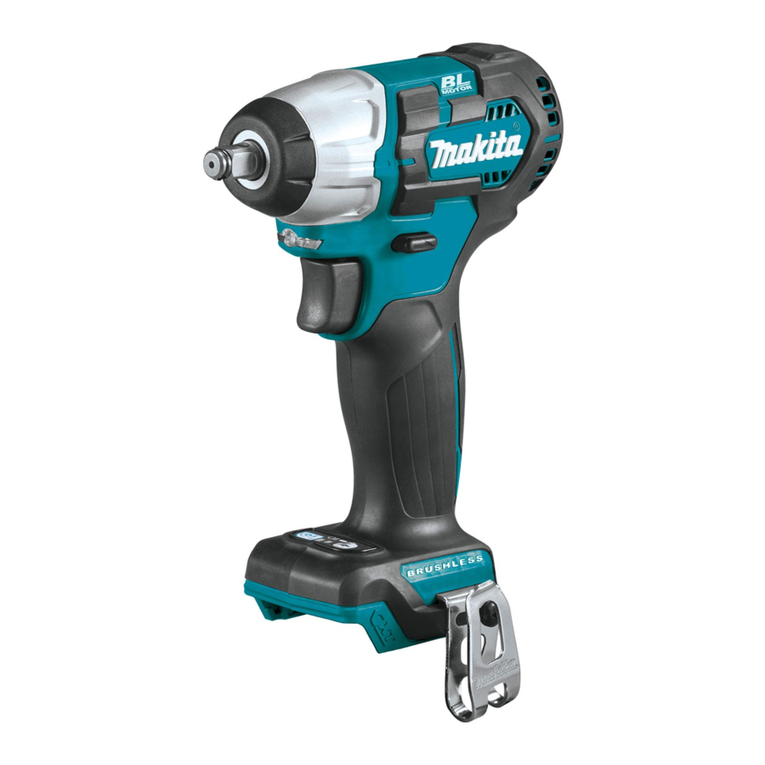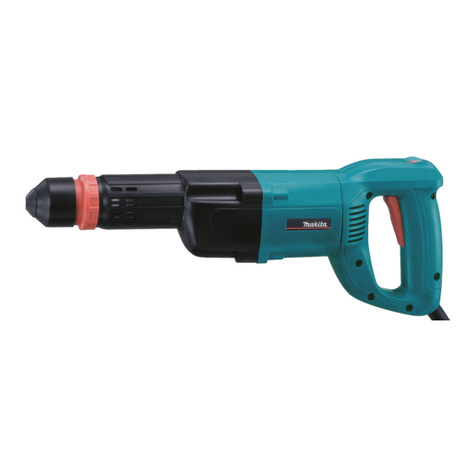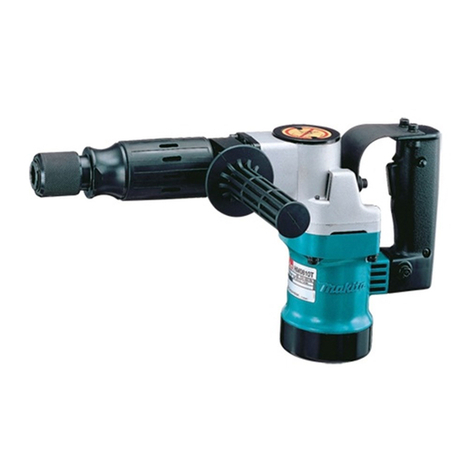Makita DHR280 User manual
Other Makita Power Tools manuals

Makita
Makita PJ7000 User manual
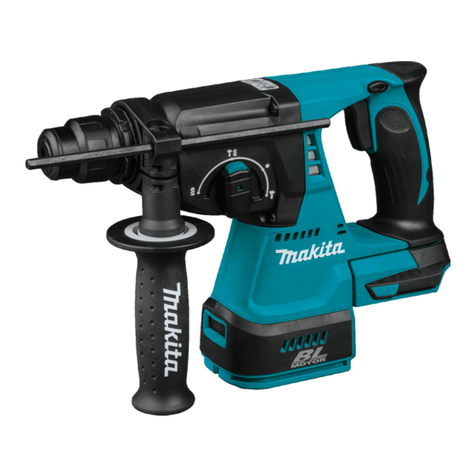
Makita
Makita LXRH02 User manual

Makita
Makita PJ7000 User manual
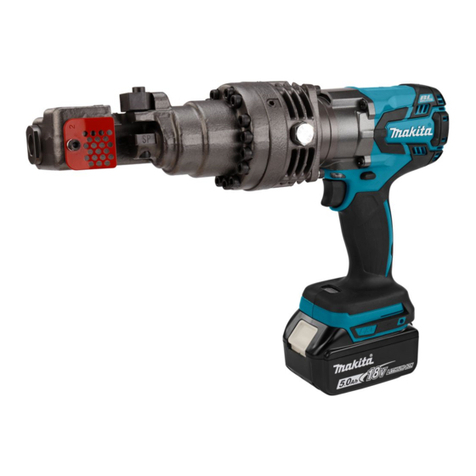
Makita
Makita DSC163 User manual
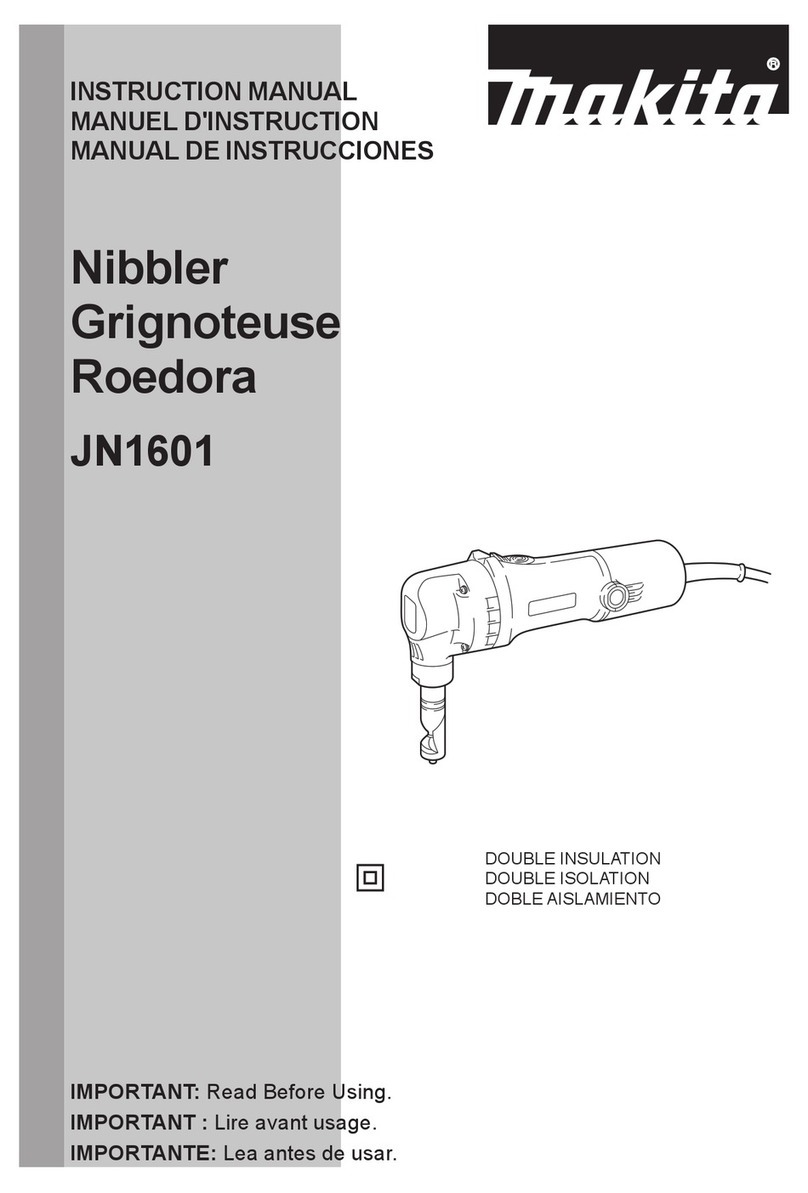
Makita
Makita JN1601 User manual
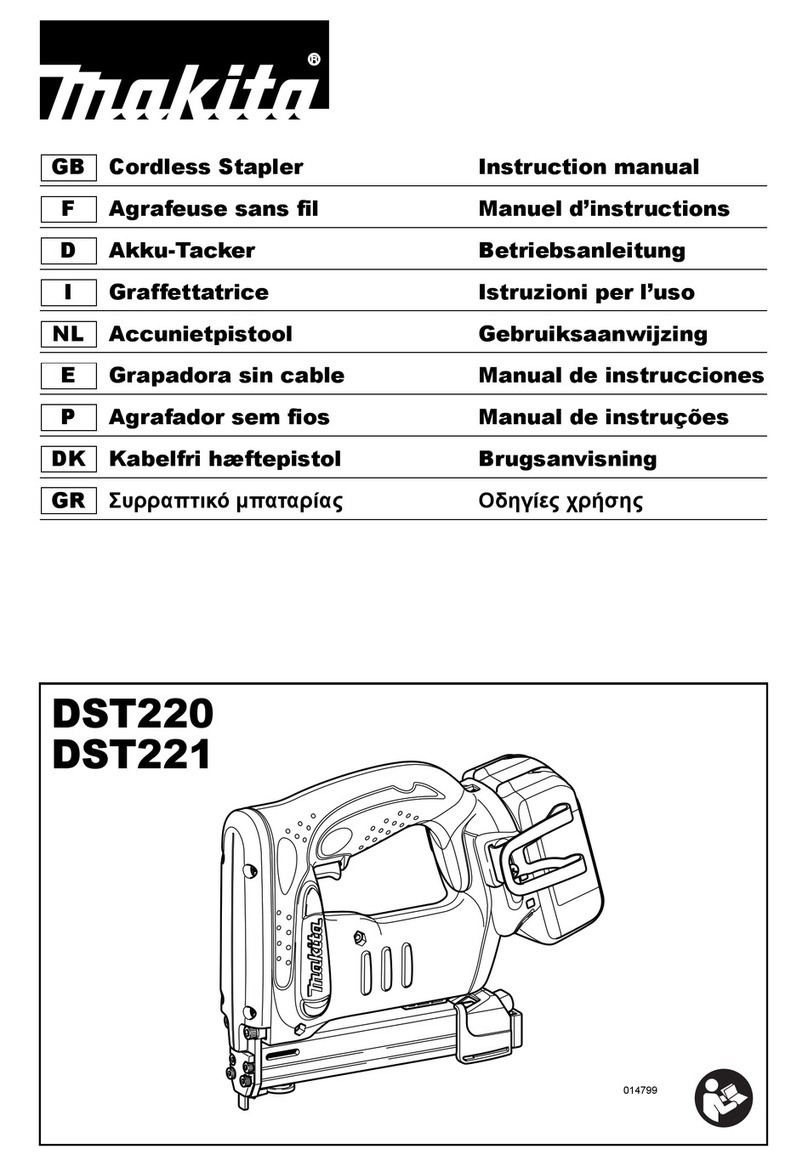
Makita
Makita DST220 User manual

Makita
Makita SG1251 User manual
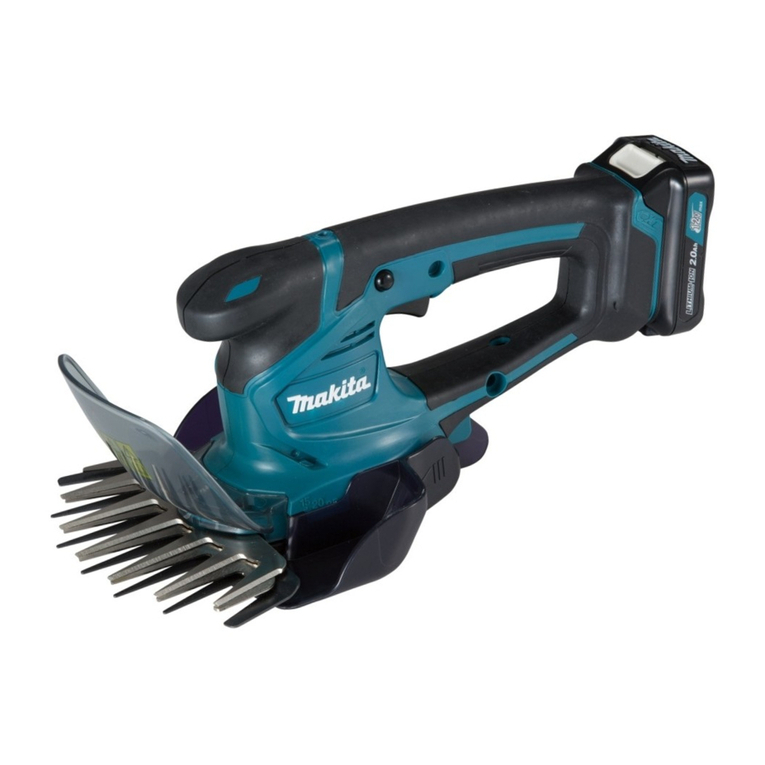
Makita
Makita UM600D User manual
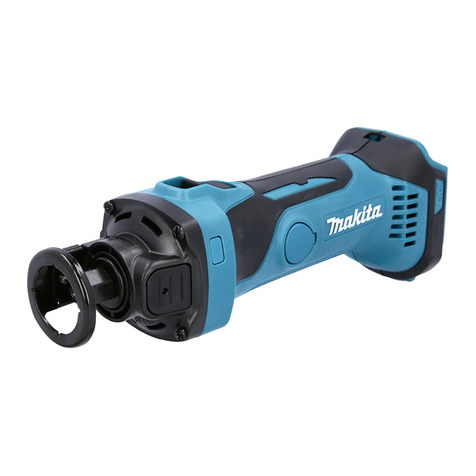
Makita
Makita DCO180 Manual

Makita
Makita 5093DWA User manual
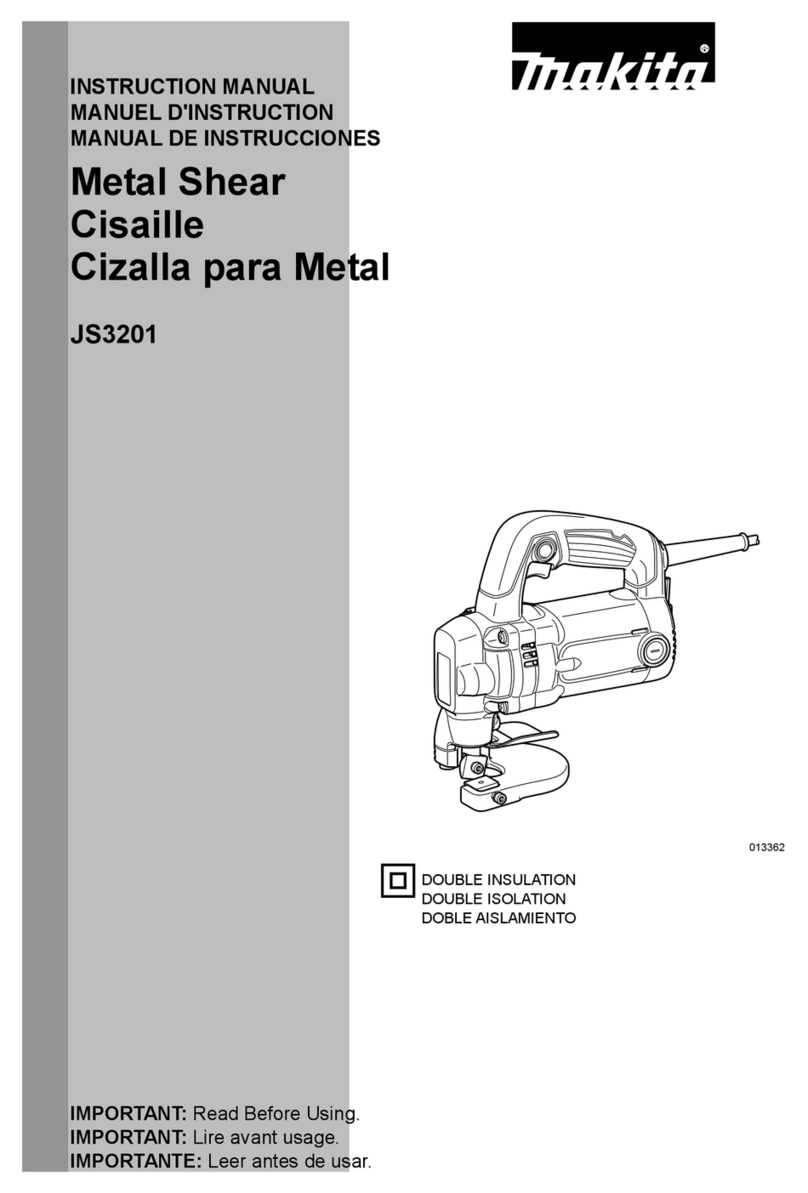
Makita
Makita JS3201 User manual
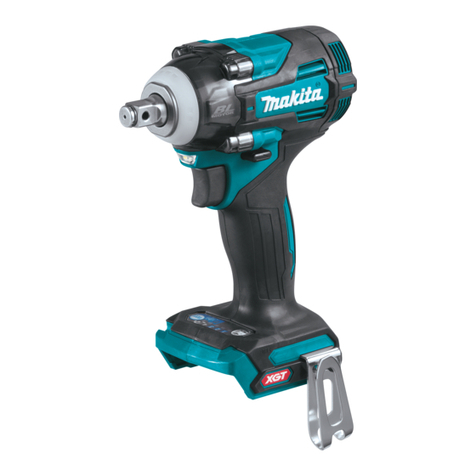
Makita
Makita GWT04 User manual
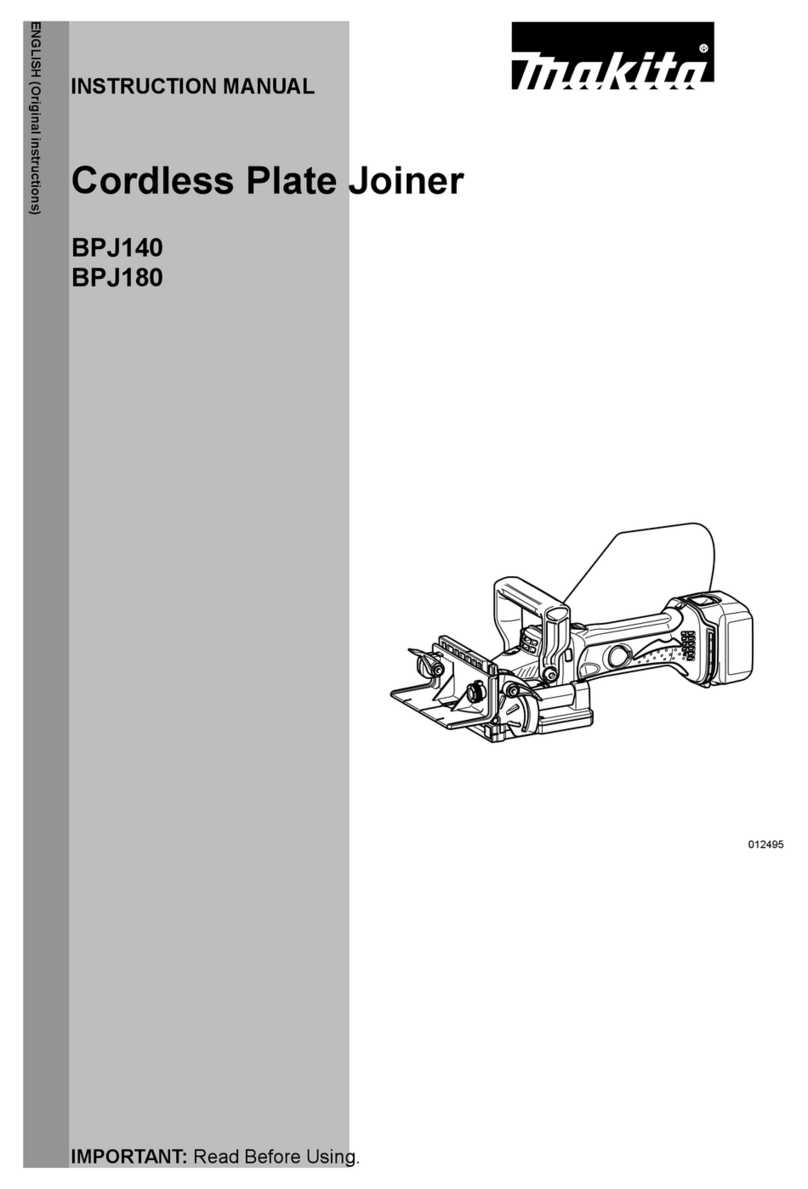
Makita
Makita BPJ140 User manual
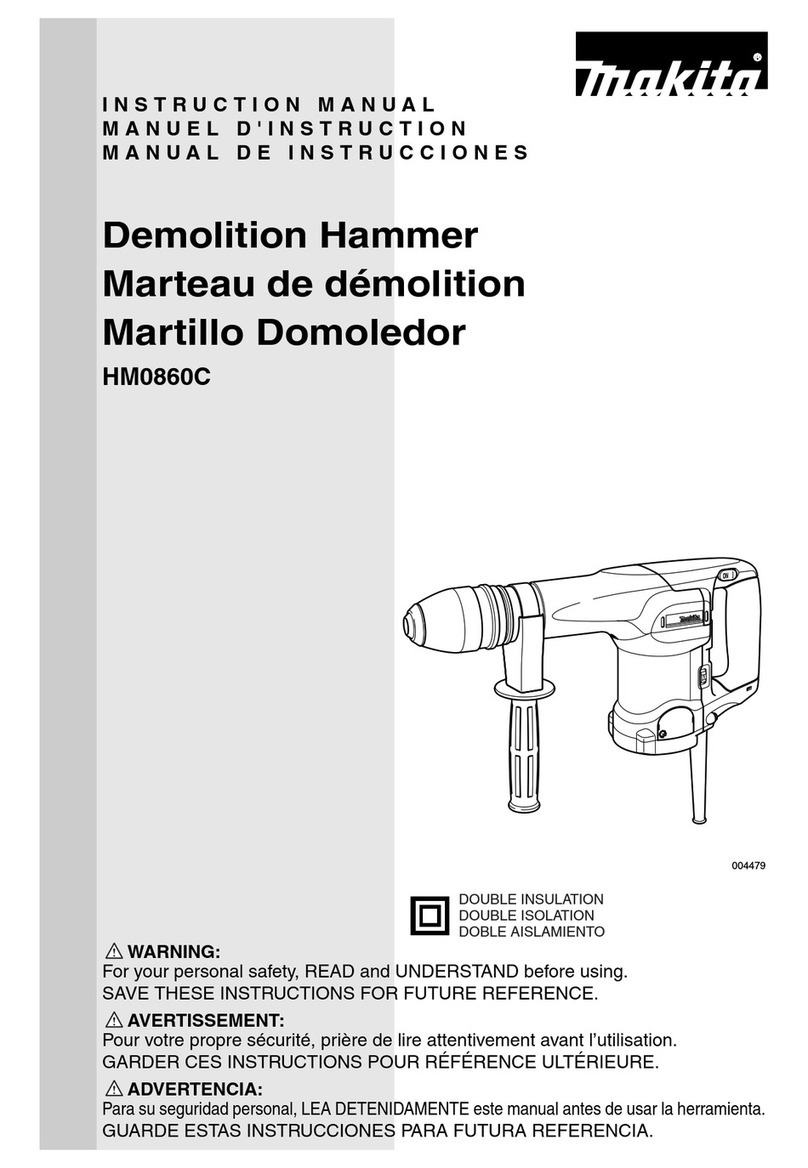
Makita
Makita HM0860C User manual

Makita
Makita Makstar BSS610 User manual
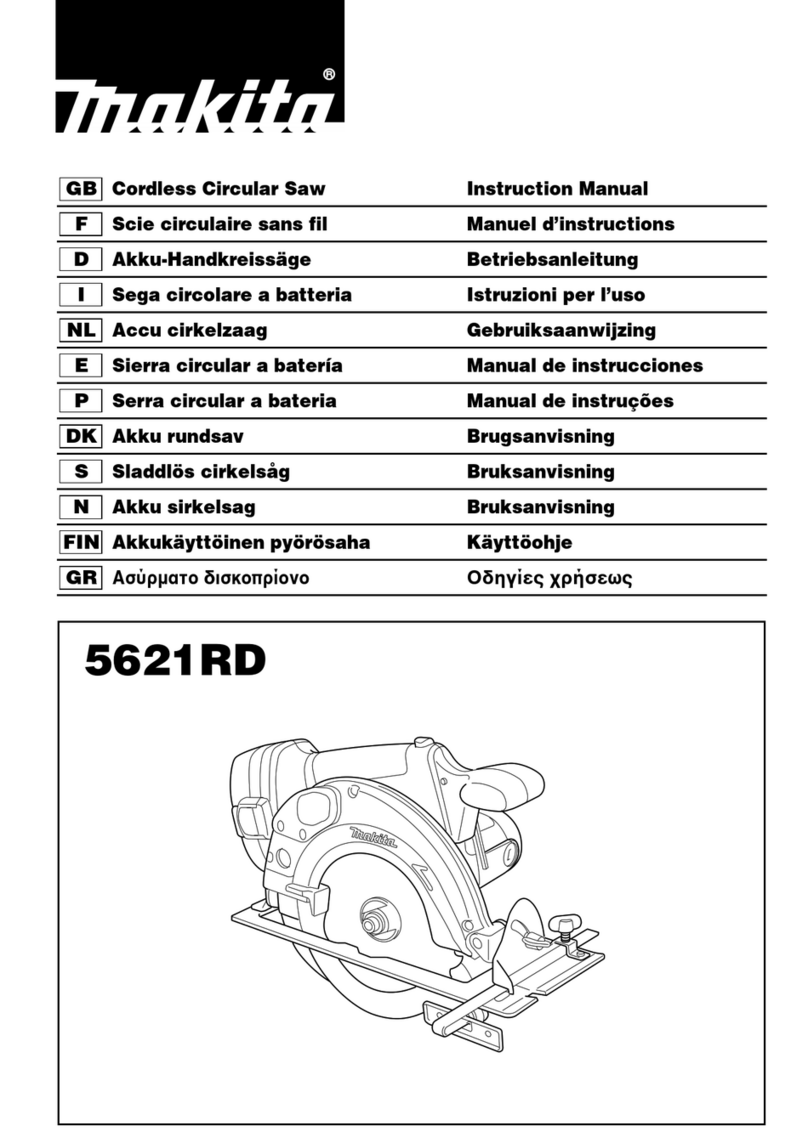
Makita
Makita 5621RD User manual

Makita
Makita 4300BA User manual
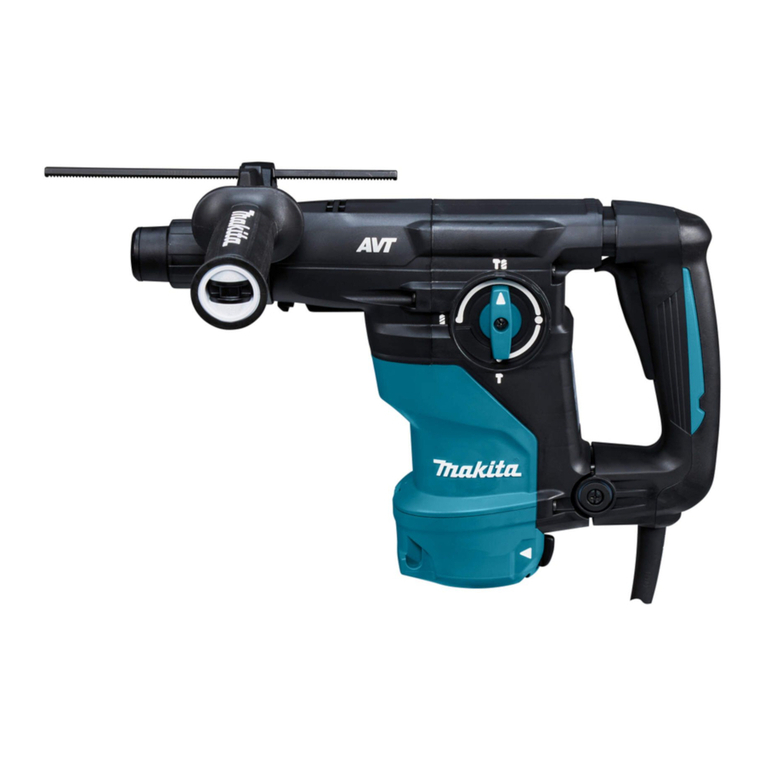
Makita
Makita HR3011FC User manual
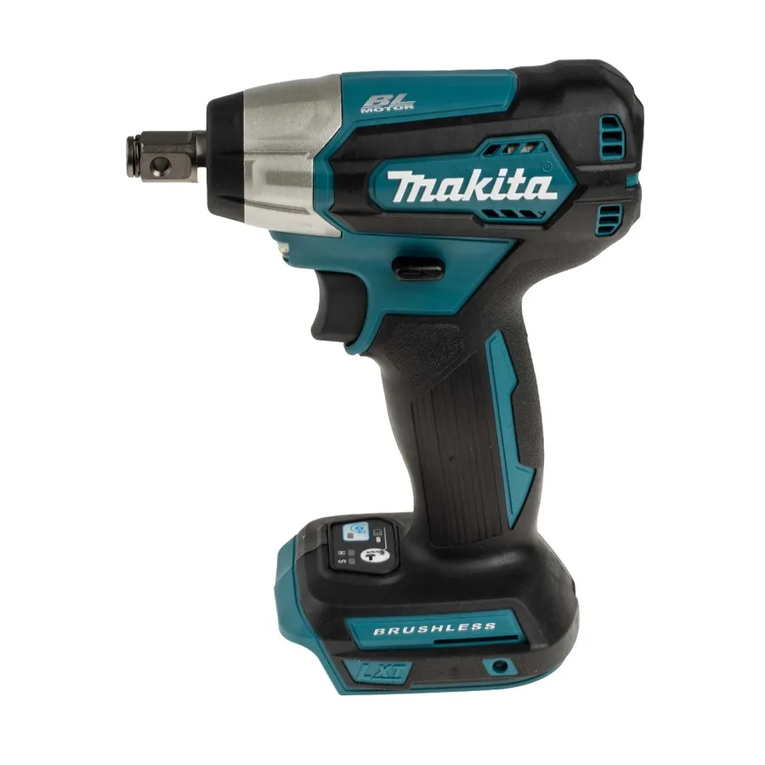
Makita
Makita DTW181 User manual
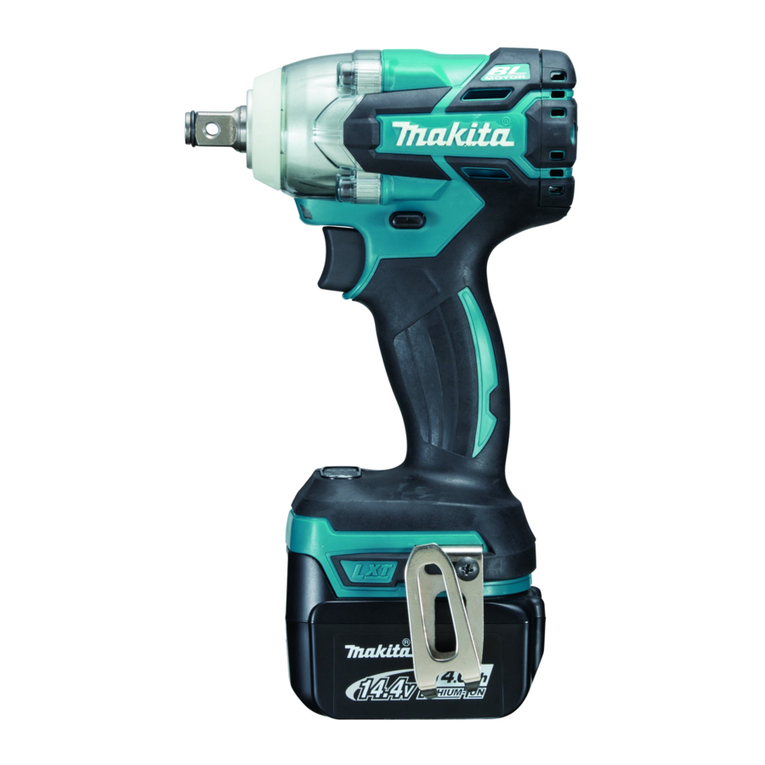
Makita
Makita DTW280 User manual
Popular Power Tools manuals by other brands

Senco
Senco DuraSpin ExTPro installation instructions

Ferm
Ferm JSM1020 Original instructions

Milwaukee
Milwaukee M12 FUEL 2559-20 Operator's manual

EINHELL
EINHELL BT-CD 12/2 operating instructions

Evolution
Evolution HDG200 instruction manual

National Flooring Equipment
National Flooring Equipment 7700 Service manual
